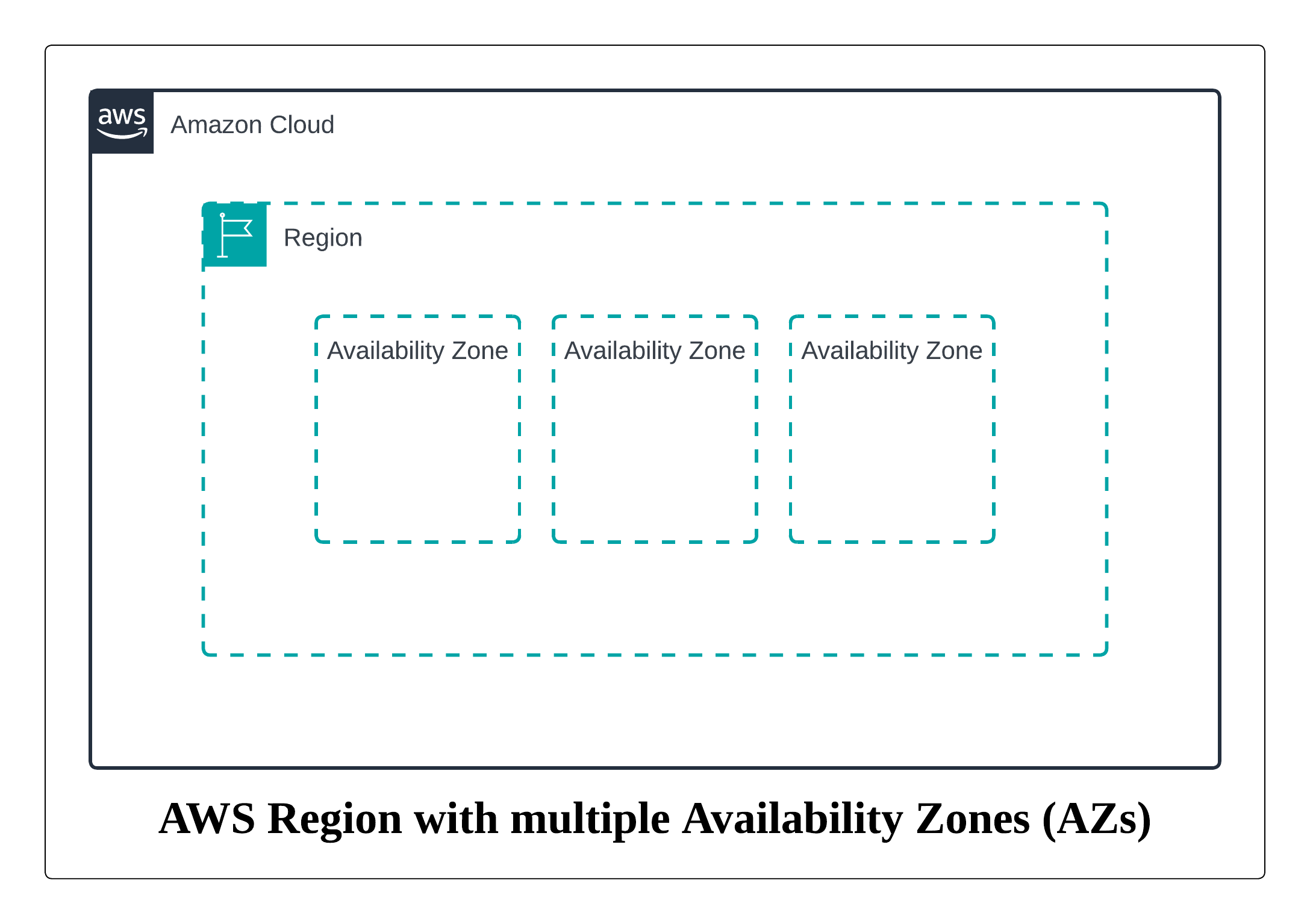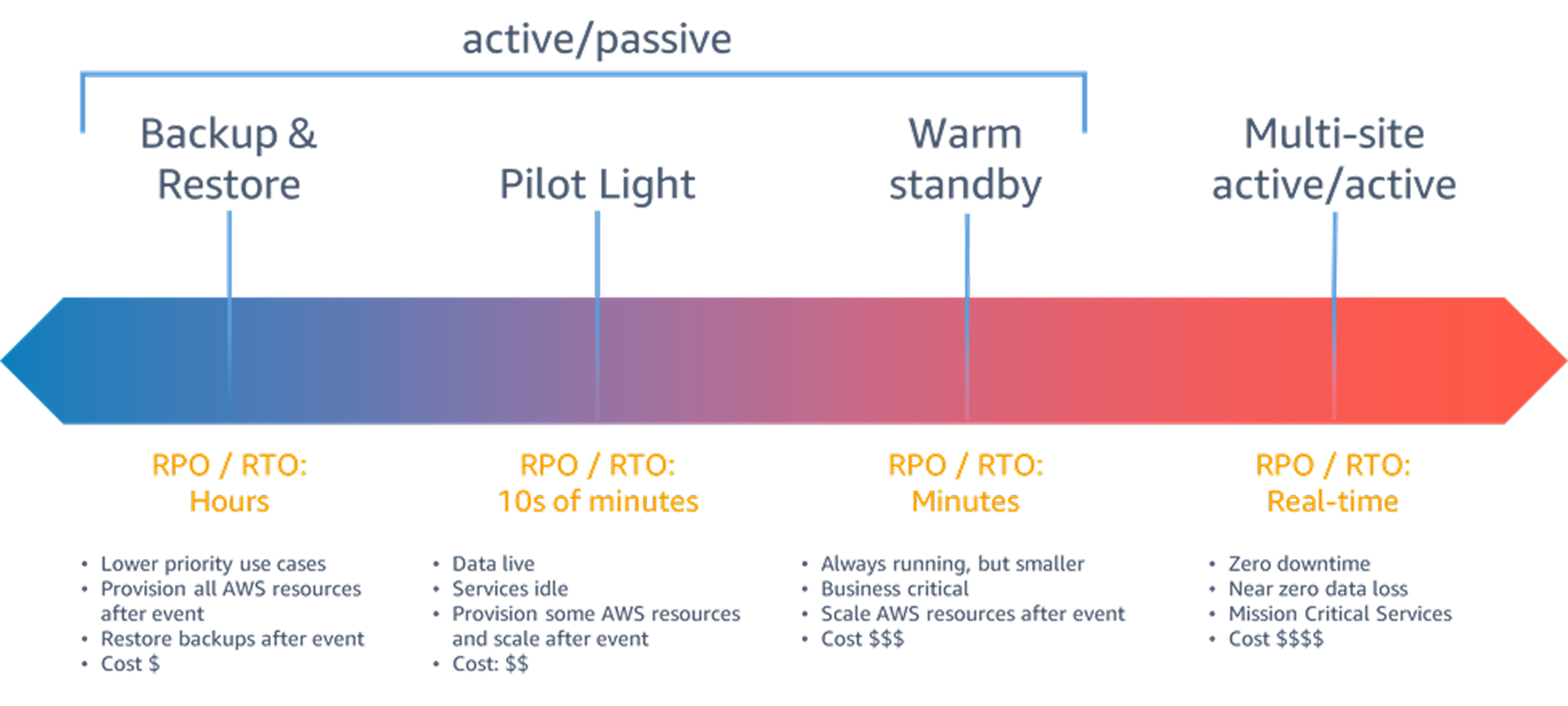AWS: Demystifying Cloud Regions and Availability Zones
Posted On: July 4, 2025 | 2 min read
When deploying applications on AWS, one of the first choices you face is where to host them. AWS offers an extensive global infrastructure with Regions and Availability Zones (AZs), but many developers and businesses are still unclear about what they mean and why they matter.
What Are AWS Regions?:
An AWS Region is a physical location in the world where AWS has multiple data centers. Each region is isolated from others, providing data sovereignty, fault tolerance, and low latency for users in specific geographic areas.
- Example: us-east-1 (N. Virginia), ap-south-1 (Mumbai), eu-west-1 (Ireland).
What Are Availability Zones (AZs)?:
Each AWS Region consists of multiple Availability Zones—essentially independent data centers connected by high-speed networking.
- Purpose: AZs are designed to isolate failures while maintaining low-latency connectivity.
- Typical Structure: Most regions have 2–4 AZs.

Figure: AWS Region with multiple Availability Zones (AZs)
Why This Matters for You:
- Redundancy & High Availability: Deploying across multiple AZs ensures that even if one data center fails, your app stays online.
- Disaster Recovery: Choosing different regions (multi-region architecture) helps achieve business continuity in case of natural disasters or large-scale failures.
- Data Residency: Many countries have regulations requiring data to stay within borders, which makes region selection critical.
Common Use Cases:
- Web Applications: Deploy across at least two AZs for resilience.
- Low Latency Apps: Choose a region closer to your users.
- Compliance: Use regions that meet your data governance requirements (like eu-central-1 for GDPR compliance).
Conclusion:
Understanding AWS Regions and Availability Zones isn’t just a “cloud architect’s problem.” It directly impacts your application’s reliability, speed, and compliance. By making informed choices, you can ensure better performance and greater resilience for your workloads. 🚀



No comments yet. Be the first to comment!